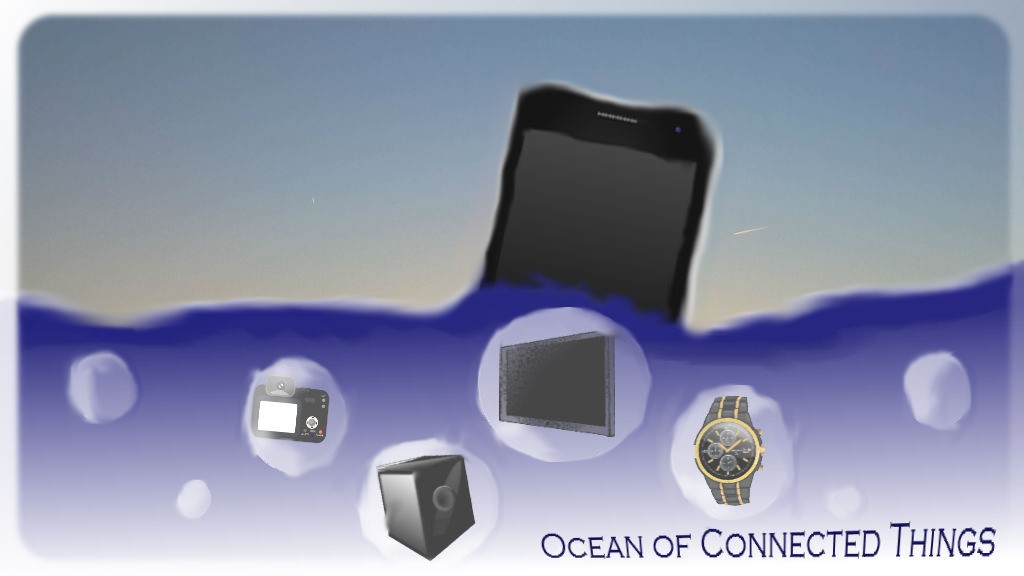
According to Mashable, the biggest tech story in 2016 was that iPhones lost their headphone jack. Could this move be the hint of a wider trend? One leading to the complete dissolution of smart phones? Possibly…
Since their apparition 10 years ago, smartphones didn’t stop gathering new features. Like Swiss army knives, phones can now advantageously replace your camera, GPS, music player, book, notepad, game console, etc. All these features are now gathered in a pocket-size device, making life very convenient.
Despite their handiness, they do of course carry some trade-offs.
Our phones are not perfect
While we all love our phones, they are not exempt from criticism. Here are five reasons why:
- They can be very expensive. Especially for such fragile pieces of technology. Look at the new iPhone X for example, which has a starting price of £999. These new devices completely go against the old adage: “do not put all eggs in one basket”
- They are not modular. If you want a better camera you will have to change the whole phone
- They are redundant: the only real difference between your phone, your tablet and your smart TV is the screen size
- Their ridiculous battery life should be a deal killer
- They can be cumbersome
Meanwhile, in a near future, perhaps in 10 years times, computing will become ambient. We will be surrounded by specialized connected objects. For example, if you need to display something, chances are that you won’t be very far from a self-service screen available for you to use. In this connected world, full featured phones sometimes make no sense.
The gist of smartphones
A solution to improve on those smartphone flaws would be to perform a simplification, meaning that we should try to reduce the phones to their intrinsic essence. So, what makes a phone ‘smart’? There are three main characteristics any smartphone has:
- They are connected
- They can run applications
- They are very personal
In order to achieve those three functions, there are only a few things that you need:
- Radio transmitters for the connection (4G, Wi-Fi, Bluetooth, Software Defined Radio…)
- A powerful SoC (System on Chip) for running the apps
- A trusted zone to store your private data
- Power to make them run: a battery or power harvester
Nothing else is needed: no screen, no GPS, no speaker, no keyboard… Only the bare minimum.
For a matter of convenience, we could name this new kind of device “a Gist”, because it is no longer a smartphone but the gist of it.
Moving meshes
The idea is that your Gist will scan the networks around you and detect available devices and services. The Gist operating system will interconnect some of them depending on the needs of the application. With this simple mechanism, you will be able to perform any task that we achieve today with our PCs, phones and tablets. Below are some examples to illustrate this.
Let’s start with the basics: the phone application. To make it run, you only need your standard Bluetooth headset connected to your Gist. Then when you want to call someone; you can use the built-in vocal assistant, and that’s all.
Now, if you want to edit a document, you should run the editor and thus your Gist will link together a keyboard, a mouse, a display device and a cloud storage.

If you’re in your car, the gist can extend its tentacles to your stereo system, GPS, and the car’s engine control unit (ECU), providing you with vocal directions, music and information about the car’s maintenance status.
When shopping, we can see another example where the Gist can interact with merchants’ infrastructures and can give you information about current discounts. It will securely store your banking credentials and allow you to pay via NFC or Bluetooth.
And finally, when you are at home, the Gist can be the puppet master of your appliances taking care of adapting your living to your needs. You want to play a game? No problem, get your wireless joypad, and play on your TV…
Small but powerful
When all our everyday devices become connected, there will be no point to concentrate all functionalities inside smartphones. By getting rid of all the redundant features and accessories, our phones will get smaller, simpler, cheaper, and less power hungry. They may well dissolve into IoT.
What do you think about the future of smartphones? Will they become ambient in 10 years’ time? Let us know by posting a comment below or by tweeting to us @Gemalto.



